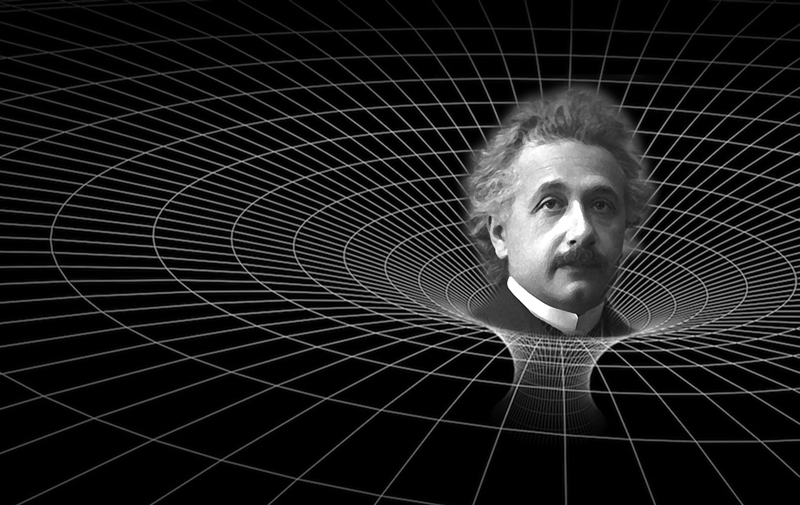
Relativity
Hi. This is a place where we could voice our agreements, disagreements, and further thoughts, questions,... View more
of the alleged detection of shifting starlight
-
of the alleged detection of shifting starlight
Hi. A few thoughts and ideas here that question the validity of General Relativity.
Doesn’t it seem strange that the sun and the moon look almost the same size in the sky? Of course, the sun is much further away from earth than the moon. That’s quite a huge coincidence though, that their presence in the sky appears almost completely equal.
Actually though, when there is a solar eclipse, the sun appears slightly visible around the outer edge of the moon, which appears surrounded by the light of the sun, and all around the “circular, yet jagged edge” of the moon, where the sun isn’t completely covered, which seems to reveal various craters, mountains, and other such “irregularities”. So how exactly to judge which star(s) seem shifted at the bright edge of the sun around the moon’s slightly uneven surface?
The alleged detection of shifting starlight at the famous 1919 solar eclipse was said to prove General Relativity. Surprisingly, the degree to which a given star was visibly shifted, was said to look about the size of the thin side of a dime viewed from two miles away. Was there even available in 1919, the equipment that could actually have that level of pinpoint accuracy from that distance?
Could starlight actually shift? If so, what is the cause? How could Newton and Einstein have possibly known about this effect, that is, before it was experimentally tested and allegedly verified? Was it said to have been found mathematically? Was the effect ever described with words? Was the idea of “curved spacetime” involved?
There was the idea of how to prove General Relativity, to observe the outer edges of the sun and moon through a solar eclipse, to readily view stars that aren’t visible when there’s daylight. When the moon is in the way of the sun, the surrounding stars seem way more easily observed as they appear within the same vicinity. This was achieved with the solar eclipse in 1919.
However, at the time, the experiment almost already seemed such a “groundbreaking accomplishment”, that is, even before it was performed or verified. There was already much publicity around the globe about this crucial event, of what they had previously announced, about how the shifted starlight was said to verify General Relativity.
However, what if the results had turned out inconclusive or failed to provide evidence? What if the shifted starlight wasn’t observed the way it was highly expected? Wouldn’t that have seemed, at least temporarily, such a terribly discouraging disappointment?
